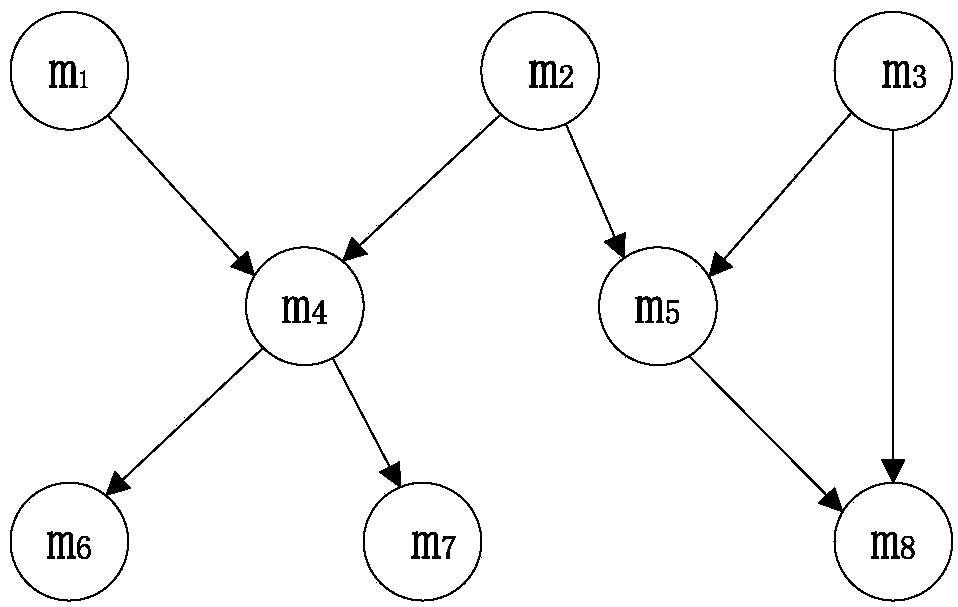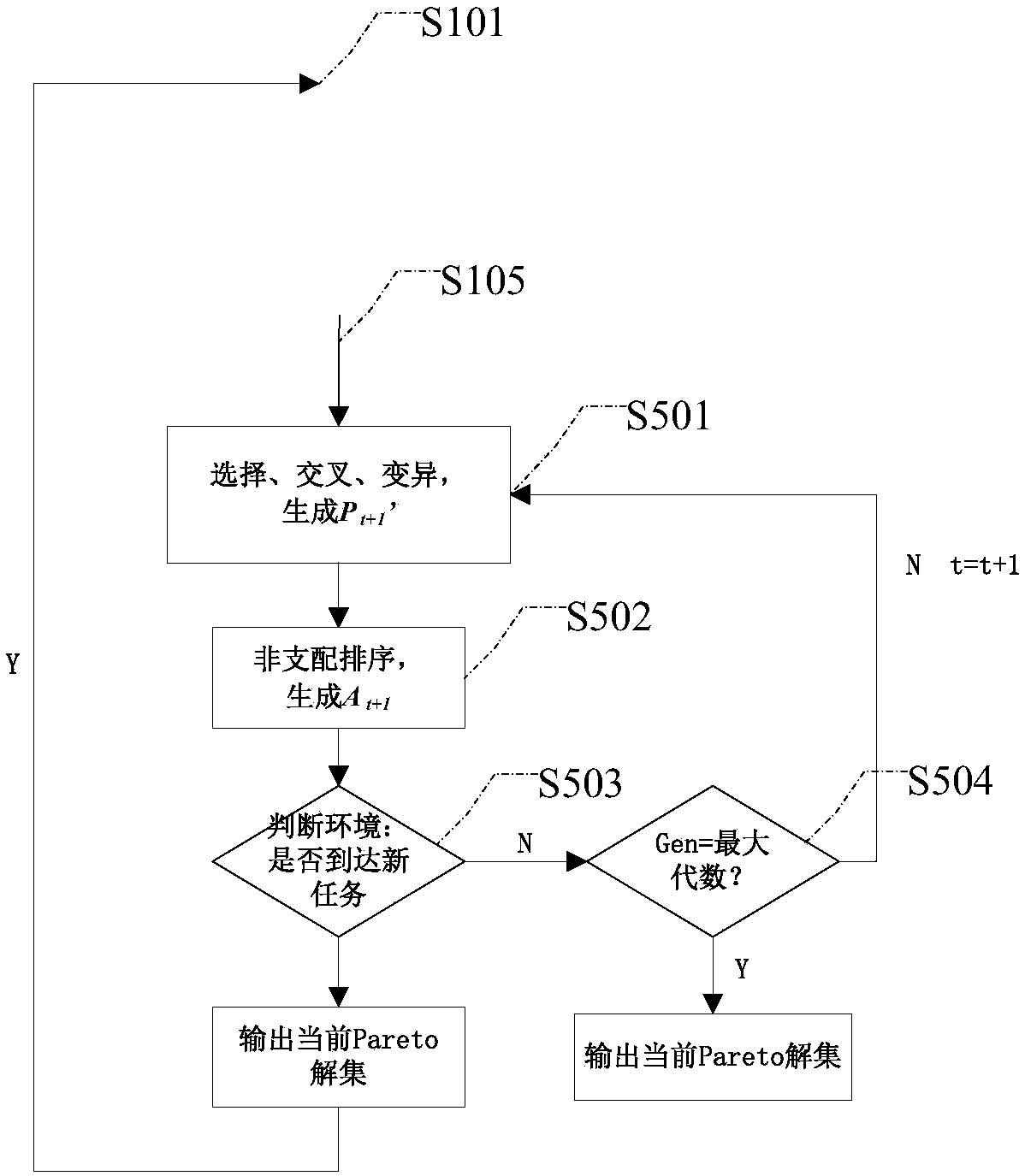Task allocation method for wireless sensor
A wireless sensor and task allocation technology, applied in wireless communication, advanced technology, network traffic/resource management, etc., can solve the problems that the algorithm cannot meet the application environment, the algorithm cannot jump in time, and weaken the optimization ability
- Summary
- Abstract
- Description
- Claims
- Application Information
AI Technical Summary
Problems solved by technology
Method used
Image
Examples
Embodiment Construction
[0051] The present invention will be described in detail below through the accompanying drawings and examples.
[0052] An embodiment is: assign 8 tasks to 30 sensor nodes.
[0053] combine figure 1 and image 3 Illustrate the concrete flow process of the present invention scheme, this method comprises:
[0054] Step S101, initialize the task allocation scheme, randomly map the tasks to the wireless sensor nodes, adjust the initial task allocation scheme according to the task communication relationship between the DAG graphs, insert the current task with multiple successor tasks into the routing broadcast task, and Select the nearest node as the routing broadcast node, and make the remaining energy value less than a certain threshold e th The node mark of , will no longer assign tasks;
[0055] Specifically, select the initial population size pop, the maximum evolutionary algebra MaxIt and the parameters of the enhanced Pareto evolutionary algorithm, and initialize an empt...
PUM
 Login to View More
Login to View More Abstract
Description
Claims
Application Information
 Login to View More
Login to View More - R&D
- Intellectual Property
- Life Sciences
- Materials
- Tech Scout
- Unparalleled Data Quality
- Higher Quality Content
- 60% Fewer Hallucinations
Browse by: Latest US Patents, China's latest patents, Technical Efficacy Thesaurus, Application Domain, Technology Topic, Popular Technical Reports.
© 2025 PatSnap. All rights reserved.Legal|Privacy policy|Modern Slavery Act Transparency Statement|Sitemap|About US| Contact US: help@patsnap.com



